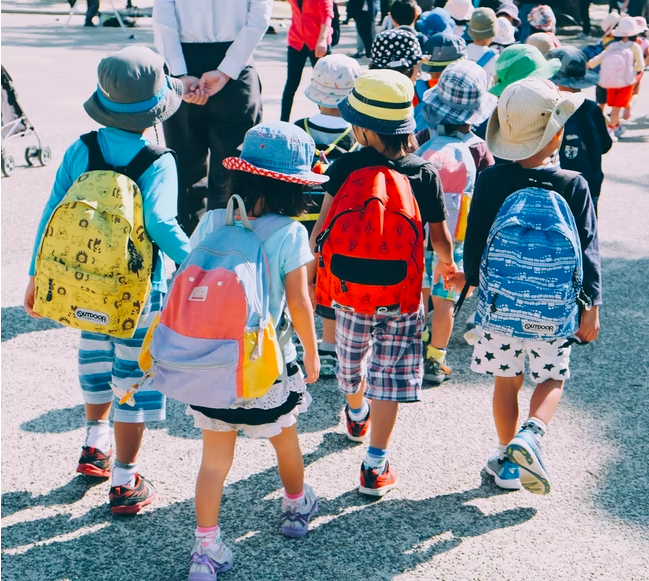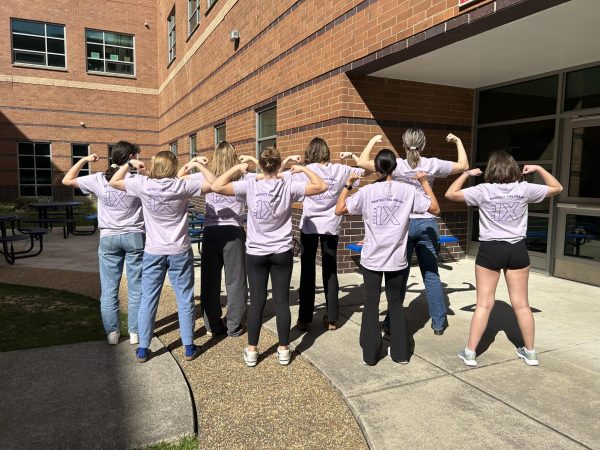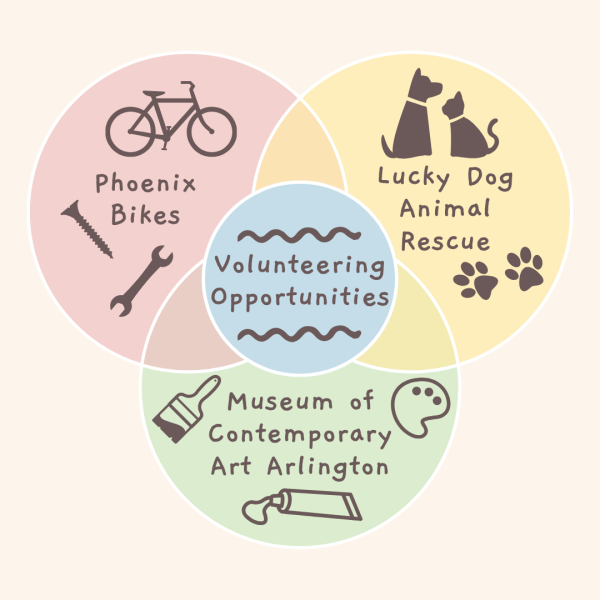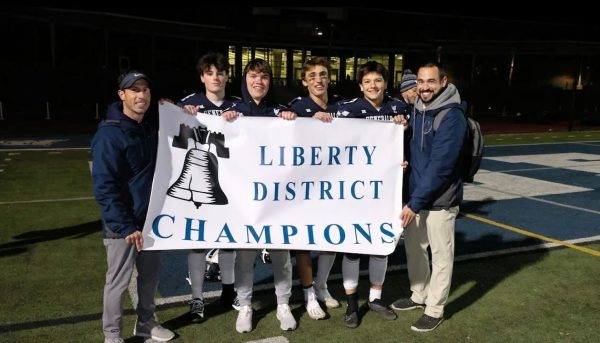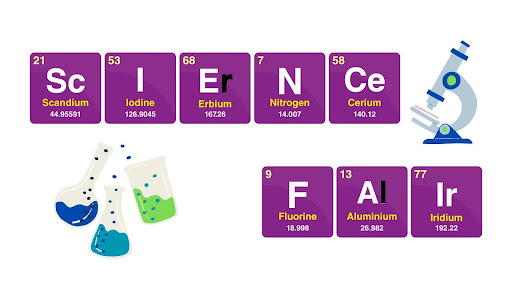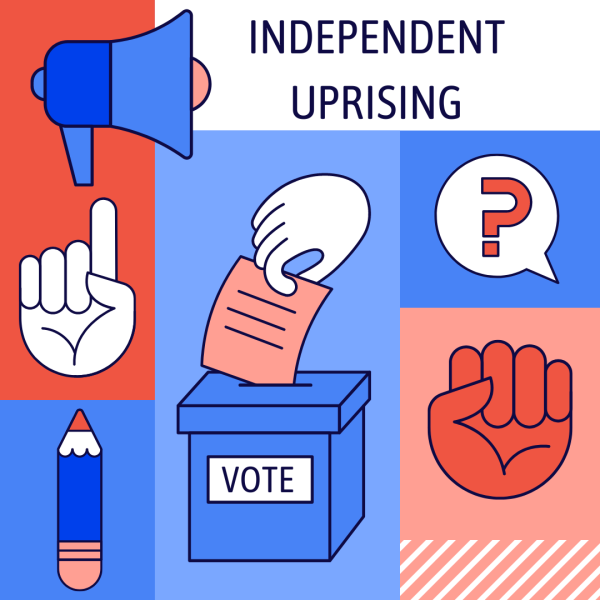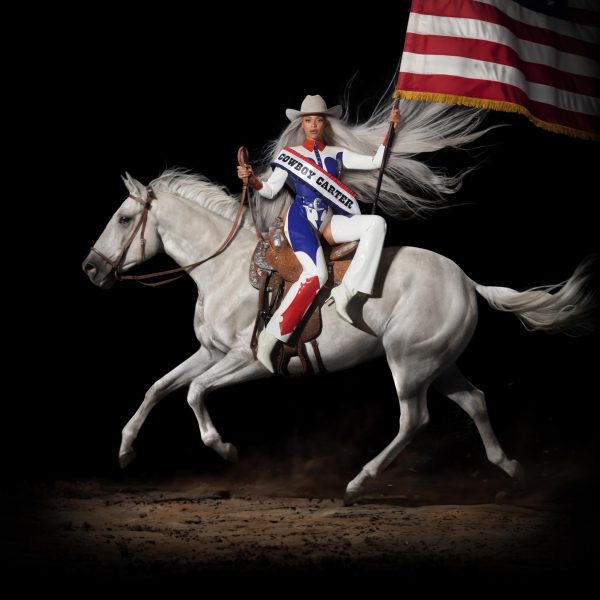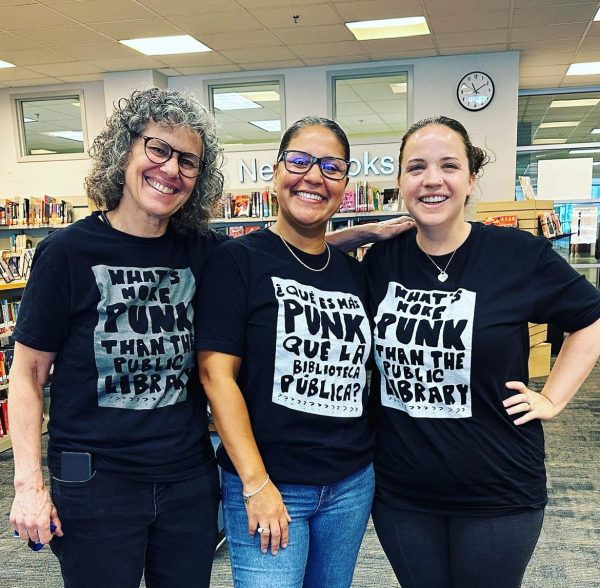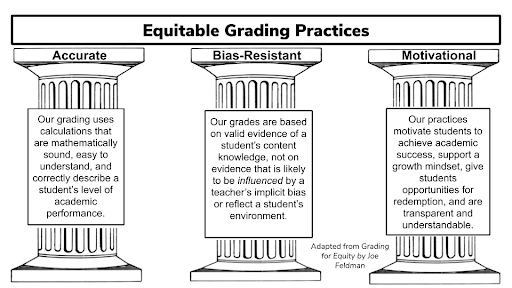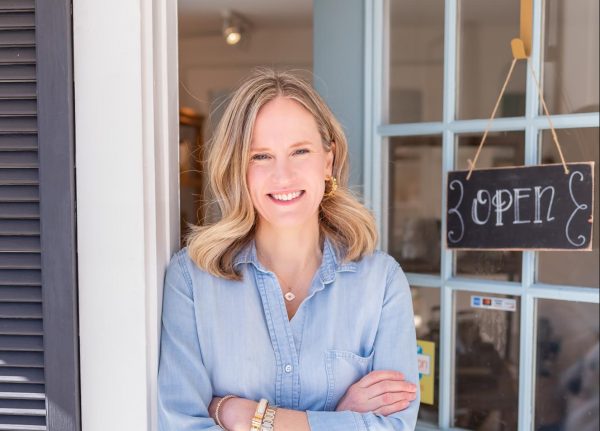Seniors Reminiscing
Senior’s favorite memories through Elementary, Middle, and High school
Fond memories of high school, middle school, and elementary school have helped shape the seniors into who they are today. The seniors may be leaving the public school system at the end of the year, but memories of their school experience will stick with them for years to come.
“Suddenly, I was a freshman and now I’m a senior,” senior Tasha Atkins said. “ I don’t know what happened in between.”
For many seniors, their grade school experience was a blur, but some memories are still crystal clear. Whether it was drawing with chalk, building fairy houses, playing games in physical education, dancing with friends, or simply playing on the playground, the events of kindergarten were the very beginning of their grade school journey.
“When we were little, [my friends and I] would play fake battle games,” senior Jeremy Meehan said. “We would play in the jungle gym and [play] kind of [an] aggressive hide and seek… you’d find them and you’d be like, ‘Get on the ground!’, so that was fun.”
Elementary school is a time for social learning and growth, but some kids were homeschooled for part of their school years. Atkins, who didn’t enter school until second grade, recalls what it was like to learn from home with a group of other home schooled kids.
“A memorable experience would be going on the home – field trips,” said Atkins. “We would still go on field trips and we would have our own little homeschooled group.”
Senior Tess Donnelly loved spooky stories and haunted houses as a kid, and still does to this day. When she was in elementary school she found a way to mix the two together through an abandoned doll on the playground.
“I was in [fifth grade]… and we [had] found [a] haunted Annie doll, like a rag doll,” Donnelly said. “We found it buried in the ground, so we dug it up… [My friends and I] would go every day after school and move the doll. Everyone was freaked out because [they were] like ‘Oh my god! It’s Haunted!’ I thought that was really funny, because we were giggling at lunch like ‘hehe, we did this’ and nobody knew. I mean, they probably did, but it’s part of the fun.”
Donnelly was not the only one to mess with other kids during school, Meehan also played pranks on the younger grades. Middle school four square on the black top was no exception.
“We would have battles because the younger kids would play with us,” Meehan said. We were in eighth grade so we would just wreck them. We demolished them. We would just just chuck the ball into the corner and it’d go flying out. We’d be like, ‘Haha, nice try fifth grader, go get it.’”
One of Atkins’s most memorable experiences through elementary school was her numerous visits to the nurse’s office. She was a regular patient, sporting cuts, bruises, and scraps of all kinds.
“I was always that kid that would challenge everyone else to see how high I could get [on the swings] and then would try and jump off,” Atkin’s said. “Then [I] would twist my ankle, ultimately.”
A twisted ankle was nothing to Atkins. Some of the worst of her injuries came from running through bushes and climbing trees covered in poison ivy.
“When I was younger I was [a] total tomboy,” Atkins said. “I was always going outside and doing stuff, and I got into so much poison ivy. I was covered from head to toe [with rashes] and it wouldn’t stop me. When you [come in contact with] poison ivy, [the nurse] puts this pink or white [medicine] on you. So every day I looked like a cow because I was covered in pink and white splotches…I was just always covered in something, whether it was a plant like that or whether it was a treatment for whatever else I got into.”
Danger and adrenaline were appetizing to young minds like Atkins and Donnelly, but Donnelly found a fun way to pass the time a little differently. She and her friends brought an Ouija board into her elementary school, a board like game believed by some to be able to communicate with ghosts.
“[Some of my friends and I] were like, ‘let’s do the Ouija board,’’’ Donnelly said. “So we brought a Ouija board and we were all so obsessed with this thing…. We [played it] during lunchtime in the cafeteria [and in] anytime we could get… I look back and think ‘that’s [really] hilarious.’ [Another time, we were at] recess, but it [was] too cold to be outside so we’re all in the classroom chilling. [My friends and I] all huddled in a corner, because we didn’t want the teacher to see us doing an Ouija board. So we’re all just in the corner and the entire class came into this corner.”
Despite the teachers likely knowing all about this, instead of getting the class in trouble, the teachers choose to mess with the students instead by pretending to be a ghost.
“We were asking about teachers like ‘oh, do you like this teacher?’” Donnelly said. And we asked [the ghost] to turn off the lights. It did. Do I believe it? No, but it was fun.”
Halloween, haunted houses, ghosts, and spooky stories were all the rage amongst school kids in October, but no one predicted the killer clown surge, nor its effect on the school system.
“At my school we loved the drama of things, and one kid at my school who did decide to dress up as a clown came onto school property,” Atkins said. “He did this, I think, during lunch, so he had his costume in his bag and he went out behind the trailers, changed into it, then came up to everyone at lunch. Some of the teachers even got up and left. They had to go call the administrators and escort the guy off. Even the teachers were scared because we liked to hype things up. There were all these videos and stuff. We took that and just ran with it.”
Many eye witness students took videos of the “killer clown” and posted it online, fueling the fear and excitement even further. The back bone of the craze* was the news on killer clowns spreading like rumors online and through chatter at school, even if it was just a prank. In middle school, some rumors were unmatched to the craziness of real life events. For Senior Eliana Lotenberg that included a helicopter landing on the Swanson Middle School field in the middle of class.
“I just vaguely remember that there was just a helicopter on the field,” Lotenberg said. “I was like, ‘Okay, this is cool.’”
The helicopter was there for career day, a school event where students can choose to pursue a one day internship in a career they like, shadow a family member at their job, or talk to school guests with interesting jobs in class. In the middle of the day, a helicopter landed on the field to teach kids about aviation. Another way Swanson taught kids about jobs and how to make money was through the school’s “market day”. Market day was an all day event near the end of the school year that taught kids how to start up their own business and responsibly handle money. Everyone could either work alone or with a partner, and was given a set amount of fake money to use on market day to buy other team’s products. Some sixth graders were also given fake money to act as customers and purchase the products created by the teams.
“My group and I made pins, like pin back buttons that we sold, and those were really fun,” Lotenberg said. “I was one of the people who got an [in-school] “job” so that I would have more market day money. So I would like to cut the money after school with my teacher. So I was rich, and my whole group also had jobs and we were all rich, which is just so interesting now.”
Teacher helper jobs were a way to get more money to spend on market day, Lotenberg’s job was to help cut out the fake money that was going to be used on market day. Some of the most successful team stands on market day were the ones with food, such as soda, pastries, snacks, and sugary treats.
“We sold [our pins] and then I started going everywhere [and] buying all the food,” Lotenberg said. “I had so much fun making the buttons with my group, it was two people who I was friends with but we hadn’t really hung out outside of school and we did so we could make all of our button designs. It was so fun.”
Moving from capitalism to volunteer work, Atkins fondly remembers helping out at the food pantry “Martha’s Table” when she was in middle school.
“I remember one year we went to Martha’s Table,” Atkins said. “You go and help cut food… I remember having a really fond memory of passing around an onion and then trying to decide who gets to cut the onions. For some reason I decided [I would] because I was like, ‘I’m tough! I’m not gonna cry!’ And then I was crying my eyes out.”
Martha’s Table is a non-profit organization that strives to create access to healthy food for people all over Washington, D.C. and Arlington.
“I had a really fun time [volunteering at Martha’s Table],” Atkins said. “I look back on it with really fond memories. Just like laughing with all my friends while doing very mundane and easy tasks. It was just a nice way to socialize without needing all these complications, and also for a good cause.”
Looking back on middle school, the memories with friends can be some of the foundest students carry. Some friendships formed in middle school have shaped who they are today. However, middle school was a tough transition for many, and many relationships fell apart.
“I think middle school is just hard,” Lotenberg said. “It’s a hard time, you don’t really know who you are and neither does anyone else.”
Middle school was a time of growth and change that left many people feeling isolated and confused.
“In middle school, I feel like so many people ended up feeling alone even though there were so many people around you,” Lotenberg said. “It’s definitely that trope where you feel like no one gets you.”
Although many people felt alone, some schools like Swanson actually had an overcrowding problem. Often enough, the halls were so crowded that students were shoulder to shoulder with one another and couldn’t see the ground five or so feet in front of them.
“Getting through the halls [I] was truly like ‘oh my god, I’ve never fought so hard in my life,’” Lotenberg said. “It was just overcrowded and dark, but as [many bad things] as I have to say about Swanson, the teachers I had there were amazing and I learned so much.”
Teachers truly impact a student’s interest in education. Many felt that, for better or worse, the teachers in middle school did not go easy on the students that came through their doors.
“The teachers knew you could do stuff, so they expected you to do it,” Lotenberg said. “It was like ‘no, we’re not going to lower the standards. We know what you’re capable of and we’re going to expect that of you.”
The workload did not seem to go down after that, even through the transition to high school. Students found high school to be stricter and more dense than middle school, the work being no exception. Unlike most seniors at the school who attended for all four years, Meehan went to Northfield Mount Hermon Boarding School for freshman and sophomore year.
“I don’t even know how to describe that place,” Meehan said. “It’s so weird, it’s in the middle of the woods.”
The boarding school was in upstate Massachusetts, and included a farm, and outdoor activities into the school curriculum. Students learned how to take care of themselves and work with others in a tight-knit setting.
“It was a boarding school, so everybody was on campus all day,” Meehan said. “It was great because I was really social, even though I’m an introvert. It was really easy to do events with friends and play games, but it was also really hard to find any time alone. At W-L, it’s nice because we do stuff together at school, but then we have time at home to be with our family and be by ourselves.”
After Meehan transferred to W-L, when arriving on the first day he was shocked by the morning announcements.
“I didn’t have the Pledge of Allegiance when I was a kid at my [elementary or middle] school,” Meehan said. “I didn’t have it at my [boarding] school either. [When I came to W-L] I was sitting in class for the first day… [The speaker] was like, ‘Everyone please stand for the Pledge of Allegiance.’ I was like, ‘The what?’ Then like half the class stood up and half of them didn’t and I was [confused].’”
Just like the transition from boarding school to public school was rocky for Meehan, the transition from middle school to high school came as a shock for others. The most notable factor was the change in workload.
“The biggest difference is the amount of preparation for what is to come ahead,” Atkins said. “In middle school you learn more basic things, but in high school all the testing gets harder [in] preparation for college.”
The testing got much stricter in high school, with the majority of grades resting on test scores and large projects. A good teacher often made all the difference in a student’s academic performance.
“My geometry teacher, he rarely got mad at us,” Meehan said. “He was the best teacher ever, but when he got mad he would walk into classes silently and then just put letters on the board. It would be A, B, C, D, and F, and he would write tally marks for how many people scored what letter on the test. He’d be like, ‘Look at this! Look at this spread! It sucks! Everybody had a C! You should all be getting A’s in my class!’ This is before he hands them back, so we were like, ‘Oh no.’”
Meehan recalls being called outside the classroom right after this happened to have a word with the teacher.
“He pulled me to the side before class started and was like; ‘Jeremy, I’m gonna get really mad in class because honestly the students… However, you did really well, I don’t want you to think that I’m yelling at you,’” Meehan said. “He just wanted to tell me that he wasn’t mad at me. I was like, ‘Woah, okay?’… “I was very glad that he told me that he wasn’t mad at me.”
When asked about the upcoming transition into college, most seniors respond with a mix of excitement and relief. The idea of setting your own schedule was very appealing to students who had been following a strict seven hour school schedule for the past 12 years.
“I like [the idea of] not being in class for seven straight hours,” Lotenberg said. “I know we have lunch and GP and whatever, but just having breaks and just getting to structure your own time more I think would be nice.”
Meehan already had experience sleeping on campus and attending his preferred classes at his boarding school, but he is excited for the chance to meet new people and make new friends.
“I hope it will be more like boarding school, in that like you’re spending a lot of time with your friends instead of just being like, ‘Hey, are you free?’” Meehan said. “ Normally people aren’t free, but we’ll all be living in the same place.”
Looking back on what she learned through her years in public school, Lotenberg decided the work and stress was helpful to some extent.
“I feel like it’s good to not be having fun all the time,” Lotenberg said. “I think it teaches you about what you actually value and what you actually do enjoy. It also helps you appreciate when you do enjoy what you’re doing.”
Throughout it all, a main lesson the class of 2022 learned was who they are, and what that means to them, regardless of what other people think.
“[Now] I can stand up for myself,” Lotenberg said. “I think I know who I am more, I’m less sensitive to what other people say to me.”
Through school, students have discovered who they are through social interaction, education, and emotional growth. Now they are ready to start a new chapter of their lives.
“[If I were to compare] myself from elementary school to the person I am now, I’m still really outdoors-y,” Atkins said. “I still like to get outside, I still love music, I still love animals…I don’t really know how much me at my core has really changed from my childhood self to the person I am now. Besides, just simply growing up.”

